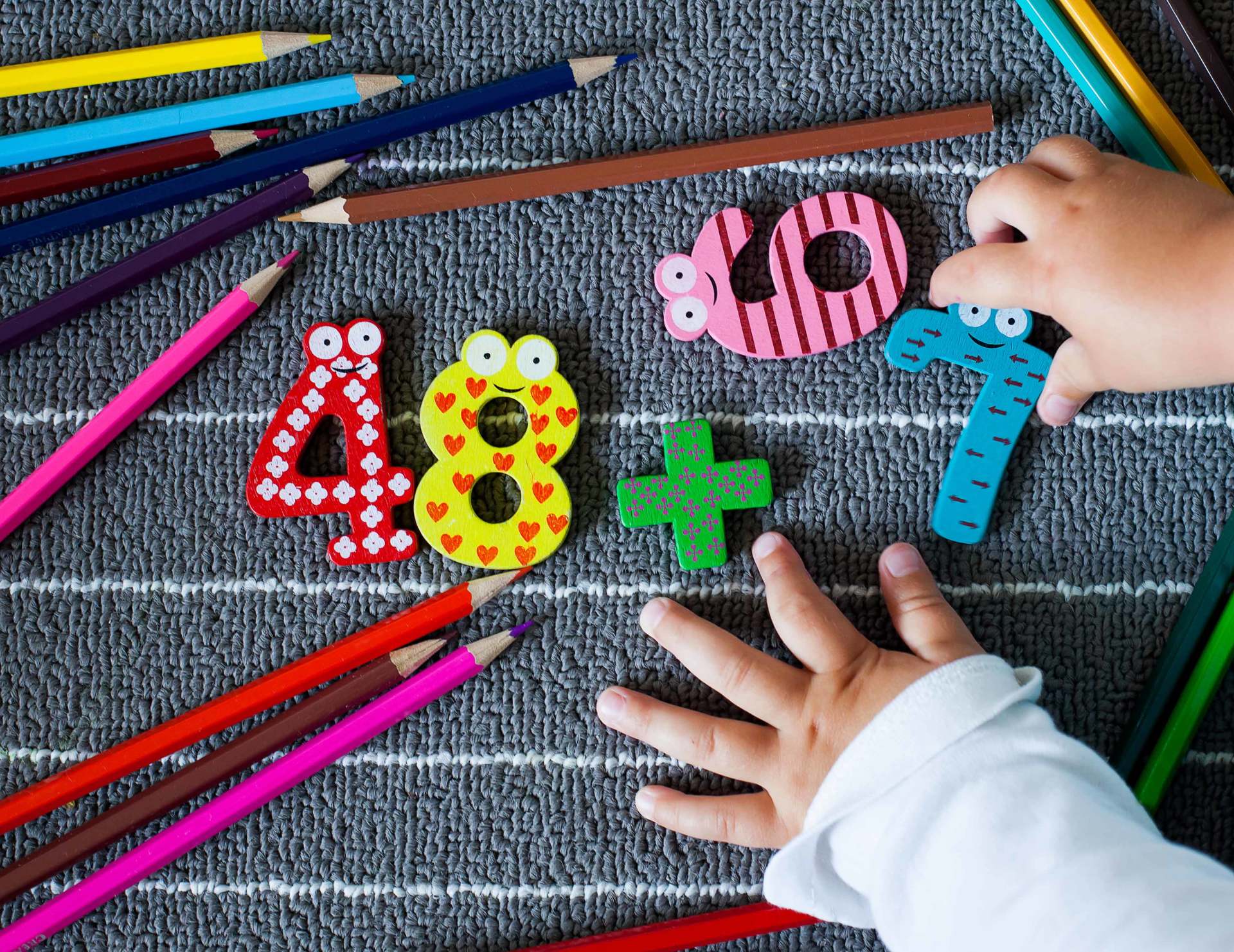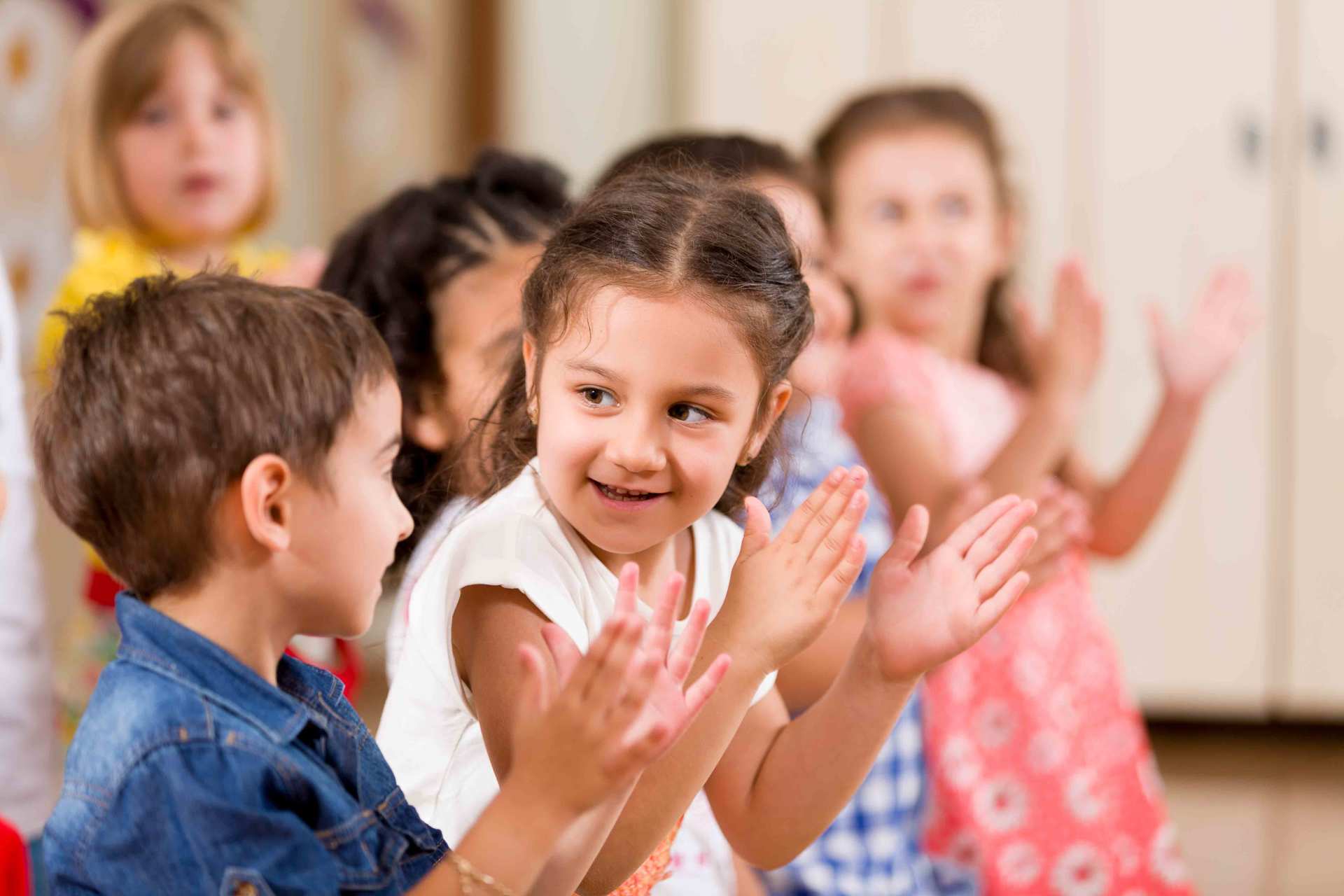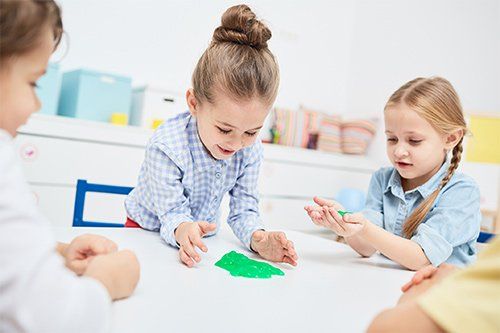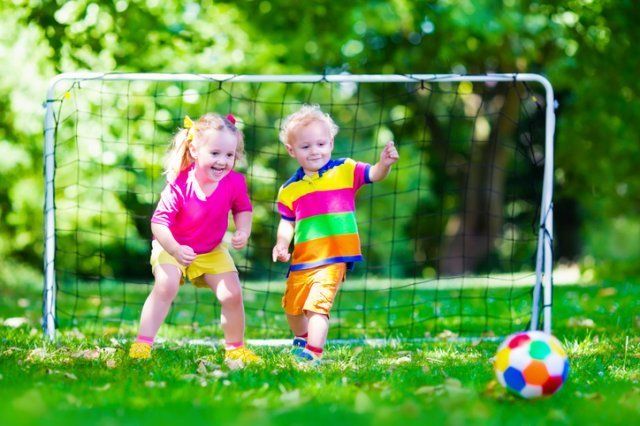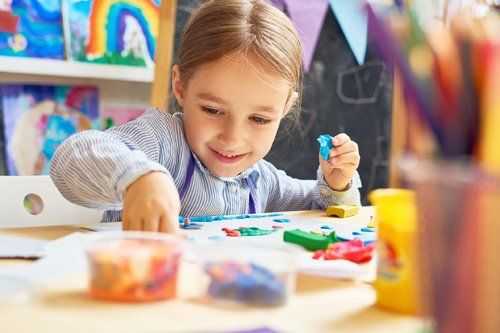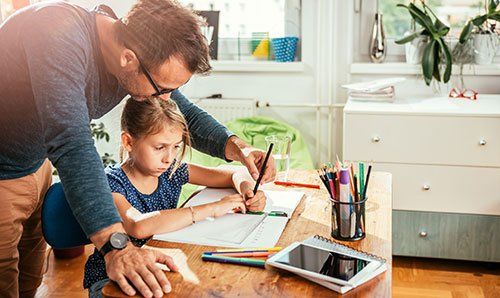What Don't You Know About Preschool Art?
- By Admin
- •
- 06 Aug, 2019
- •

With benefits galore, art helps children build skills across the developmental domains and can even prepare them for the future. If your child is all about art, take a look at what you need to know about this imaginative early educational area.
Art Isn't Always Messy
The mental picture you have of your young child covered from head to toe in sticky finger paints isn't exactly an accurate picture of what art is. While early childhood art often gets messy (just like anything else your child does), it isn't always a tempera-covered tornado.
If activities, such as painting or paper-mache, make you nervous about at-home art, these ideas are low on mess but high on benefits:
If activities, such as painting or paper-mache, make you nervous about at-home art, these ideas are low on mess but high on benefits:
- Drawing. Crayons and colored pencils can help your child to build fine motor (hand and finger) skills without splashes or puddles of paint.
- Sculpting. Clay is a low-mess art material that allows children to gain creativity, develop fine motor abilities, and think critically.
- Collage. A cut or torn paper collage is another low-mess option-especially if your child uses a stick instead of liquid glue.
Art Builds Early Literacy Skills
Early literacy skill-building goes well beyond books. Even though reading is a primary activity in the preschool classroom, your child can also develop these abilities in other ways - including via art.
How can art help your child to build literacy skills? The intersection between the two areas includes:
How can art help your child to build literacy skills? The intersection between the two areas includes:
- Vocabulary development. As your child talks about the art they make (or see), they can build their vocabulary. This includes new words for shapes, colors, patterns, sizes, textures, art materials, or types of artistic processes.
- Communication. Art is not always a solitary process. Your child may have the opportunity to create in a collaborative way, through group projects. Between this type of art activity and discussing their own art with others, your child will build communication skills.
- Activity extensions. Your child can use art to better understand a story or the narrative structure of a book. This could include drawing a main character or painting the setting.
Art Is Everywhere
Art doesn't just happen in the preschool classroom painting area or in an extended early literacy lesson. Art is everywhere. It surrounds your child and dips into almost every part of their day.
How does art integrate into your child's day? Help your child to find art in the world around them with these tips:
Is your child ready to tackle preschool art in a classroom setting? Contact Riviera Children's Center for more information.
How does art integrate into your child's day? Help your child to find art in the world around them with these tips:
- Point out illustrations in books. Talented illustrators create the art in your child's books.
- Look for public art. Talk about public sculptures or community murals as you take walks or dives locally.
- Notice colors, shapes, and forms. Art isn't always "art" in the traditional sense. Help your child better understand elements of art as you point out different colors and shapes in the environment.
Is your child ready to tackle preschool art in a classroom setting? Contact Riviera Children's Center for more information.
Sending your child to preschool can be exciting for you and your little one. Learn how you can use after-school activities to support their education.
